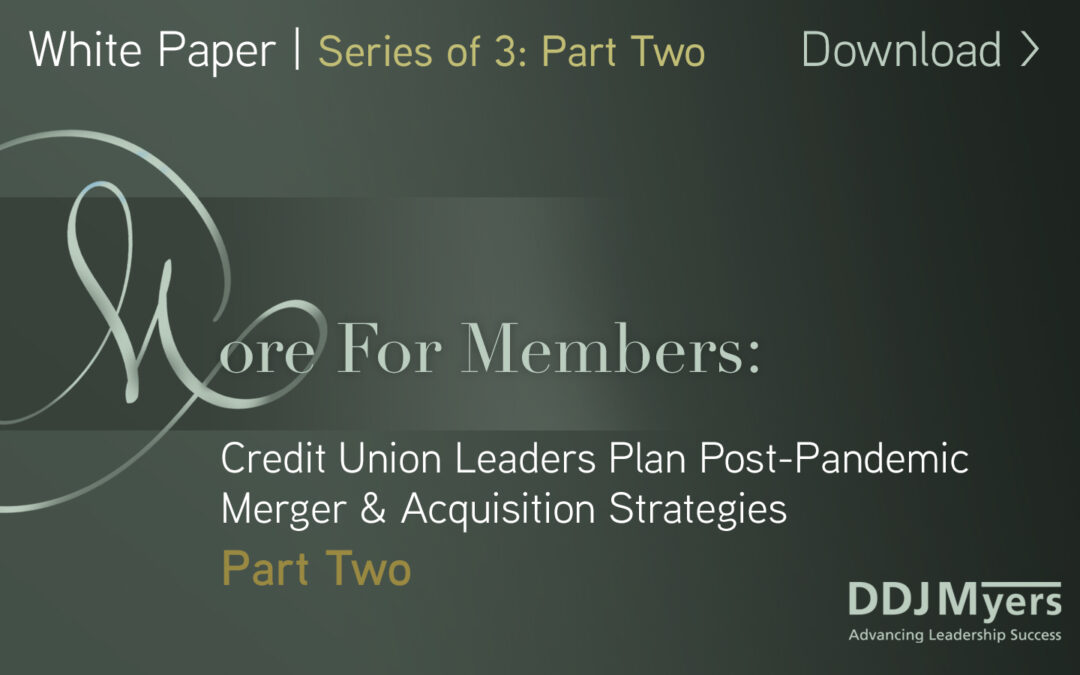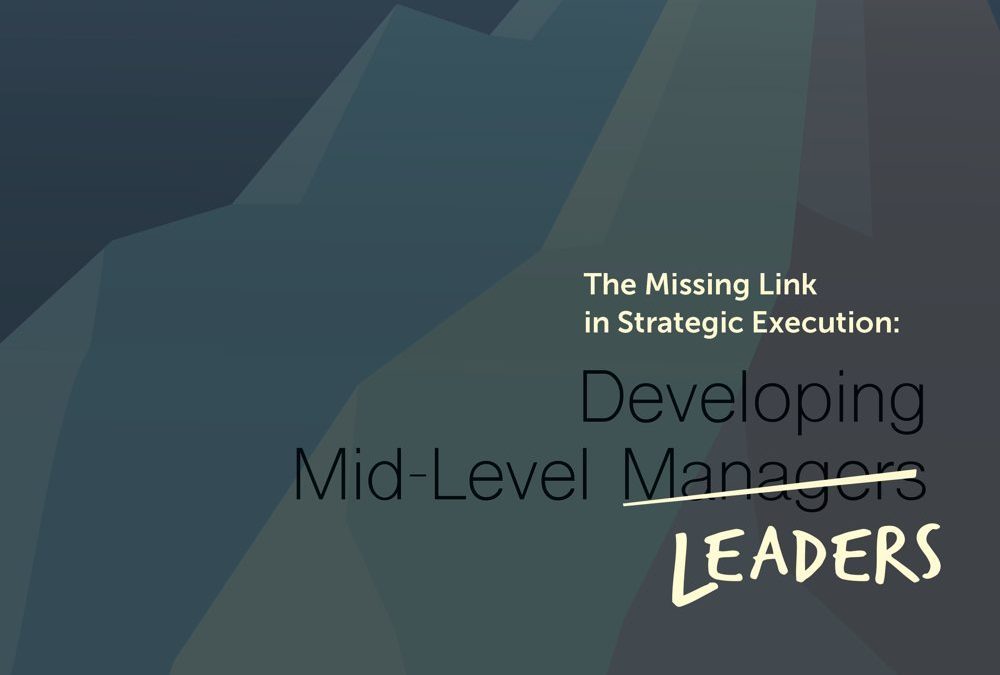More for Members: Credit Union Leaders Plan Post-Pandemic Merger & Acquisition Strategies
Part One: Merger Considerations in the Post-Pandemic Age
While the pandemic caused many credit unions to hit the brakes on potential mergers, the recovery has been an impetus for others to begin researching their viability. Learn about what credit union leaders expect in the coming year, and what you need to know to construct an effective strategic merger plan in this whitepaper from DDJ Myers. The report covers several factors that will influence merger and acquisition activity, including: rapid shifts in consumer expectations, accelerated technological transformation, persistent regulatory pressure, and evolving financial and competitive challenges.




